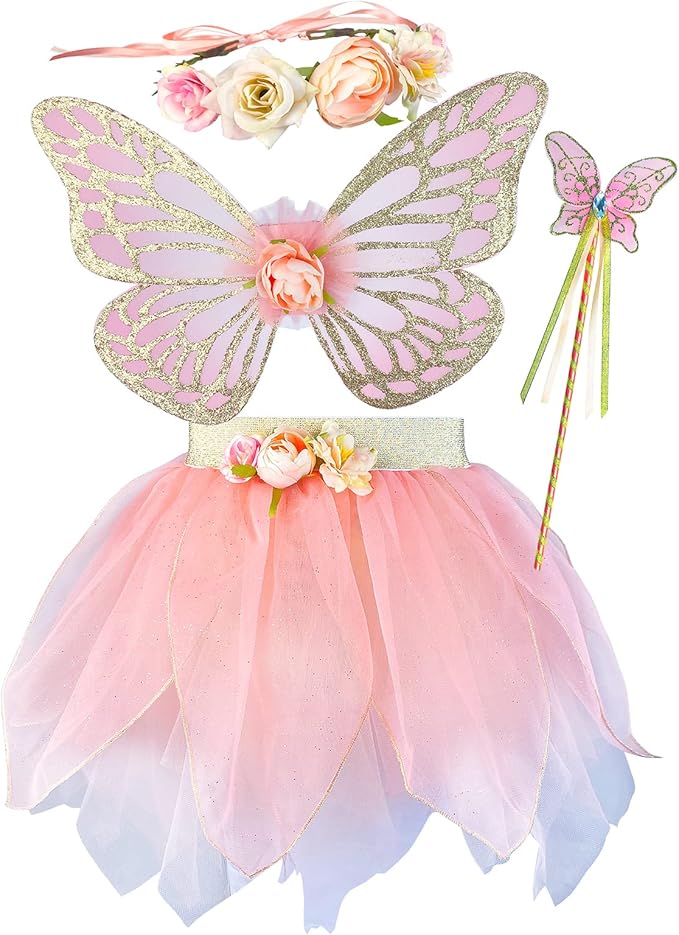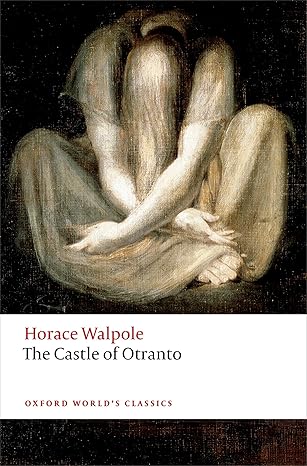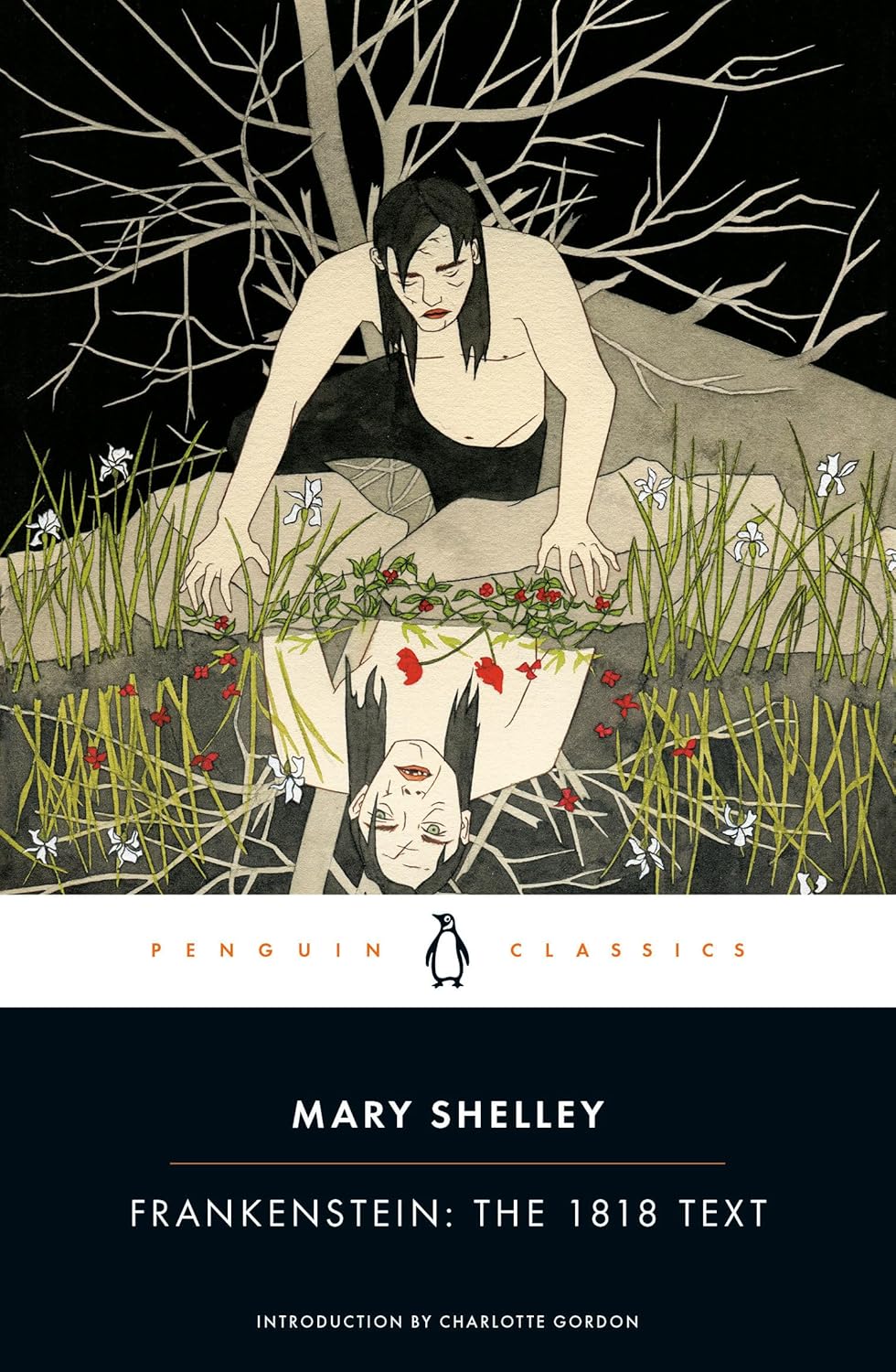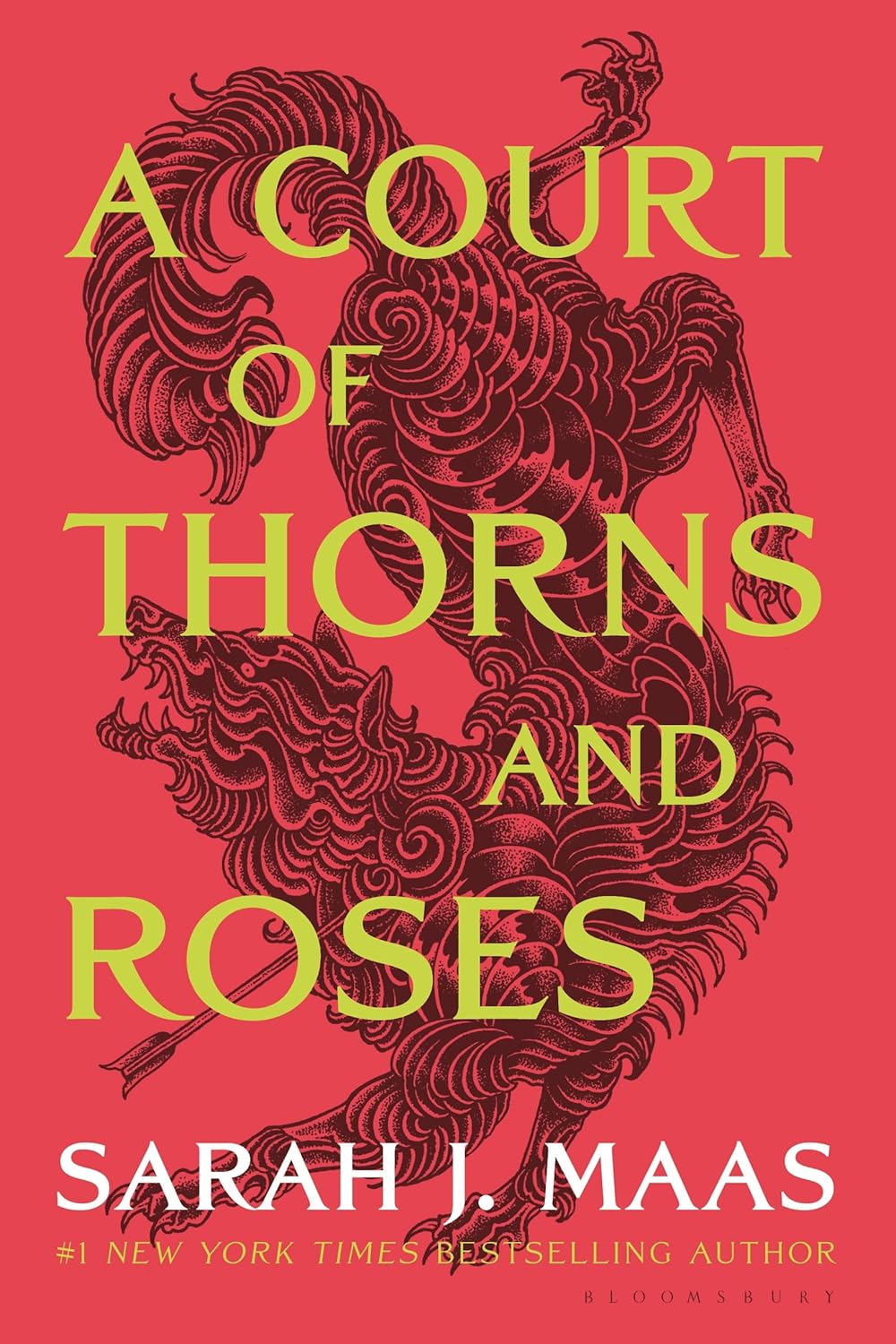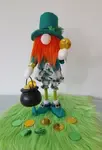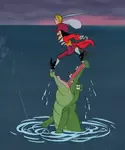- Home
- Fairy Blog
- Fairy Cakes
- Fairy Quotes
- Safety Dance
- The Flower Fairies Books
- What is a Fairy?
- Are Fairies Real?
- Elemental Fairies
- Faeries
- What are the Fae?
- Fae Fantasy Books
- Fairy History
- Origin of Fairies
- Fairies in Folklore
- Pixies
- Pixie Fairy Differences
- Gothic Fairies
- Tooth Fairy
- Fairy Festivals
- Fairy Gardens
- Fairy Garden Accessories
- Fairy Circles
- Fairy Forests
- Fairy Poems
- Fairy Tales
- Fairy Tale Origins
- Classic Fairy Tales
- 24 Fairy Tales
- Fairy Tales around the World
- About Fantasy Creatures
- Dragons
- Dwarves
- Elves
- Gnomes
- Leprechauns
- Mermaids
- Unicorns
- Fairy Face Painting
- Fairy Costumes for Kids
- Free Fairy Art
- Fairy Coloring Pages
- Fairy Crafts For Kids
- Chinese Dragon Art
- How to Draw a Dragon
- Chinese Dragon Drawing
- Dragon Coloring Pages
- Fairy Tattoo Ideas
- About Us
- Contact Us
- Disclaimer
- Privacy Policy
Gothic Fairy
A Gothic fairy, sometimes called a Dark Fairy, has very pale or ghostly white skin. They usually have long straight hair that is either black or a pale white. They might wear a lot of makeup both on their face and their eyes. Their clothes are old and most likely tattered.
Probably the most wide spread notion is the idea that the 'ideal' of the subculture is to be a nonconformist.
Gothic fairies are a subculture or theme within the larger fairy and fantasy genre, incorporating elements from gothic aesthetics, fashion, and literature. They are often depicted as dark, mysterious, and enchanting creatures with a unique and edgy appearance. Gothic fairies might be characterized by a combination of traditional fairy traits with gothic elements such as darker colors, Victorian or medieval-inspired clothing, and intricate, sometimes macabre, accessories.
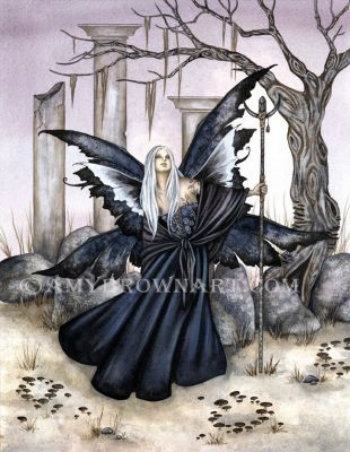 Courtesy Amy Brown Art
Courtesy Amy Brown ArtAdorable Fairy Costume Set!
Includes a fairy tutu, wing, wand and flower halo - perfect for parties, dress-up play, pageants and so on.
CLICK HERE for the best price!
The Gothic Fairy
Gothic fairies can be found in various forms of media, such as literature, movies, and artwork, as well as in fashion and home décor. They have become increasingly popular in recent years, with many enthusiasts enjoying the fusion of fantasy and gothic themes. The aesthetic can be appreciated by those who enjoy darker, more mystical aspects of fairy mythology, as well as fans of gothic culture in general.
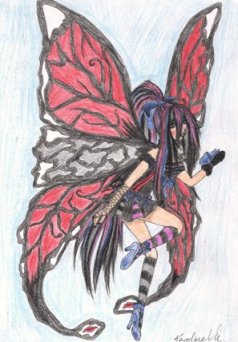
Gothic Fairies are one of many ways the Gothic Sub-culture has of expressing themselves. The dark fairy world is where you will find most of the examples of gothic fairies. They are a departure from the softer more angelic fairies that are characterized in today's world. They are sometimes influenced by witchcraft, and even images of Satan. The Goth movement is closely related to the punk movement with its somewhat aggressive styles and its punk music.
While it is difficult to pinpoint the exact origin of gothic fairies, we can trace their development through the evolution of both fairy mythology and gothic culture.
Fairy mythology has its roots in ancient folklore from various cultures across the world. In European mythology, fairies were often depicted as magical, supernatural beings with a range of powers and abilities. They could be benevolent or malevolent, depending on the story, and were sometimes associated with the darker aspects of nature and the unknown.
Gothic culture, on the other hand, emerged in the late 18th century as a literary movement characterized by an emphasis on darkness, supernatural elements, and emotional intensity. Classic gothic novels like "The Castle of Otranto" by Horace Walpole (1764) and "Frankenstein" by Mary Shelley (1818) helped define the genre. The term "gothic" was also used to describe a style of medieval European architecture characterized by its pointed arches, ribbed vaults, and flying buttresses.
Click on the pics for further information on both these books.
As these two cultural elements evolved, they eventually converged in the form of gothic fairies. This blending can be attributed to a few factors:
- The Victorian era (1837-1901) saw a resurgence of interest in fairy tales and folklore, and many writers and artists began incorporating fairies into their works. This period also saw the popularity of gothic literature and fashion, leading to a natural fusion of these two themes.
- The growing interest in the supernatural and the macabre in literature, artwork, and popular culture, particularly in the 19th and 20th centuries, helped popularize darker, more mysterious depictions of fairies.
- The emergence of subcultures like the goth movement in the late 20th century also contributed to the popularization of gothic fairies. The goth subculture is characterized by an appreciation for dark aesthetics, music, and fashion, often drawing inspiration from gothic literature, horror films, and Victorian-era styles.
Today, gothic fairies can be found in various forms of media and pop culture, from books and movies to artwork and fashion. They continue to captivate audiences with their unique blend of fantasy and gothic elements.
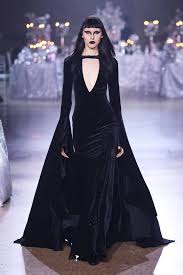 Gothic Fairy in Fashion
Gothic Fairy in FashionGothic fairies did not directly grow out of punk culture, but there is a connection between the two through the goth subculture, which emerged in the late 1970s and early 1980s as an offshoot of the punk movement. The goth subculture shares some common roots with punk, such as a rebellious attitude and a focus on individualism and self-expression.
While punk culture is known for its aggressive, anti-establishment ethos and a preference for simplicity and minimalism in fashion and music, the goth subculture is more focused on dark aesthetics, romanticism, and an appreciation for the macabre. It draws inspiration from gothic literature, horror films, and Victorian-era styles.
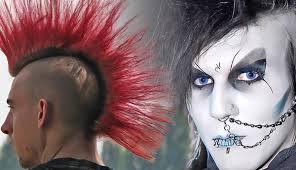 punk and goth culture
punk and goth cultureAs the goth subculture developed and gained popularity, its influence extended to various forms of art, literature, and fashion, including the concept of gothic fairies. Gothic fairies, as a fusion of traditional fairy mythology and gothic aesthetics, can be seen as an indirect result of the cultural impact of both the punk and goth movements. The dark, mysterious, and enchanting nature of gothic fairies aligns well with the themes and sensibilities of the goth subculture, which may explain their continued popularity and appeal within this community.
Gothic Fairy Art and Drawings
The Gothic Fairy Drawings that show up in Gothic art demonstrate this.
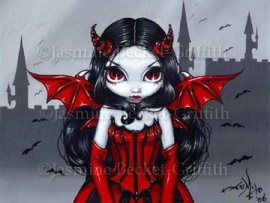
Here is another example of a Gothic Fairy drawing. She is a cute little Goth fairy with horns, devil's wings red eyes and an evil look on her face. These characteristics can be and usually are used in all Gothic art.
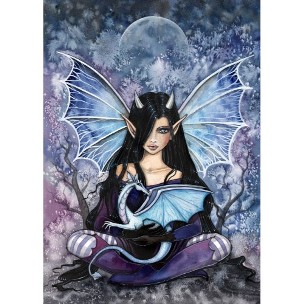
Yet Another example of fairy drawings. Here a goth fairy is shown holding a dragon. The dragon images that are similar to this dragon picture are from medieval dragons. The fairy pictures of the girl, As you can see, have devil horns, long pointy ears and that evil looking 'dark smile' on her face.
Gothic Fairies History
To understand goth history, you have to have a basic understanding of the punk rock movement, particularly as it played out in the late 1970’s in European countries. That’s because the history of the goth movement began as the 1970’s turned into the 1980’s and some of the people who associated with the punk rock movement moved on to form their own social niche group within punk rock – the group that ultimately came to be known as goth.
So, pre-dating the goth history was the punk rock history. The most important thing to understand about this is that the punk rock subculture was formed around the central idea of a group of young people rejecting the society from which they came and establishing their own subculture. This rejection of the mainstream society in favor of a different approach to life was not only at the core of the punk rock movement but also at the core of the goth subculture.
Book of the Month
The Best Selling Fae Fantasy Book! A great gift!
CLICK HERE for more information and best price!
Recent Articles
-
What are Fairy Circles?
Jan 13, 26 02:35 AM
Find out how fairy circles offer a fascinating glimpse into both folklore and science. Maybe, just maybe, there's a bit of magic there after all! -
Why Fairies? About Us
Jan 12, 26 03:54 AM
About Us; Why Fairies explains our background -
Peter Pan Characters, with their pictures and all about Neverland
Jan 11, 26 09:21 AM
The Peter Pan Characters in their home in Neverland and all the magic places where the story takes place. Pictures and Descriptions
